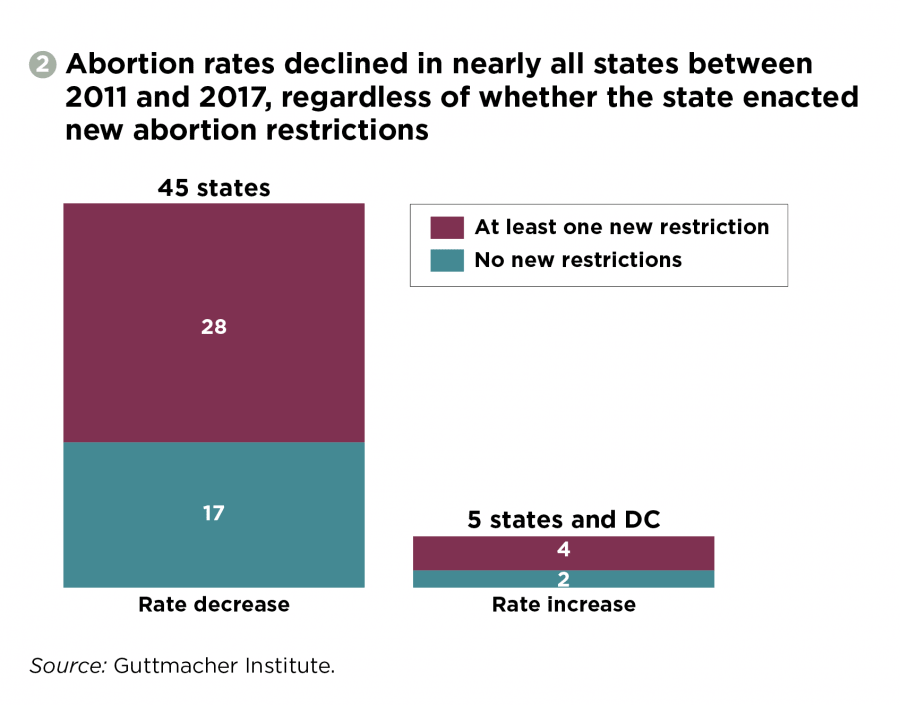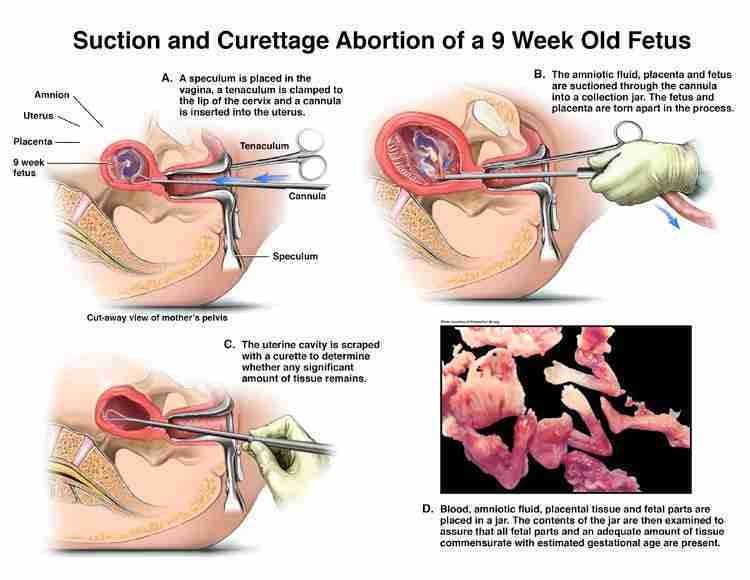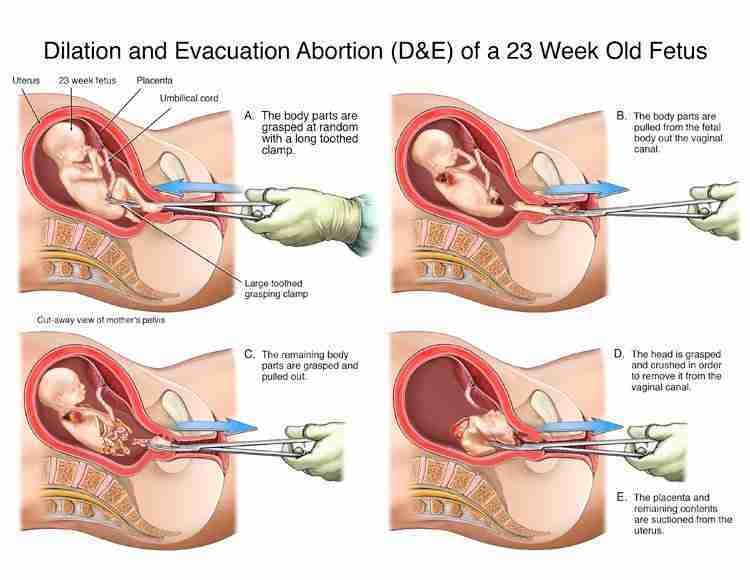I’m sick and tired of hearing people saying that it’s a woman’s right to have an abortion, solely because she’s a woman, yet those are the same people who preach equality for all. Hypocritical right?
[democracy id=”73″]
Well, I also think it’s hypocritical and wrong for people to be certain religions specifically Christians, as I am Catholic, and be out there in the world dogging pro-choice people but are silently having or paying for abortions to be done. How are those females and males any more Christian if they did it simply because they wanted to. Meanwhile, these are the same people shaming those outspoken about it who’ve had them done. It’s nonsense.
There have been over 60 million babies aborted since Roe v. Wade here in the United States, what about this not on a pandemic level?
An epidemic is defined by Webster as “an outbreak of disease that spreads quickly and affects many individuals at the same time.” A pandemic is a type of epidemic (one with greater range and coverage), an outbreak of a disease that occurs over a wide geographic area and affects an exceptionally high proportion of the population. While a pandemic may be characterized as a type of epidemic, you would not say that an epidemic is a type of pandemic.
Are Abortionists Morally Regressive?
If somebody says it’s the woman’s right to choose and solely has the power of that choice, isn’t that unfair to the other party involved especially if the partner had consensual sex with them?
I hear those arguments like wait what! If you are such an advocate for equality and women’s rights, what are you doing to a potential young girl in that womb who could grow up and be the gift God sent the world? You take away an opportunity from them to exercise those rights you yourself have practiced and possibly fought for, what sense does that make?
Now as a libertarian I do not find this constitutional issue conflicting. It’s true your rights are your rights unless you are using your rights to impede on other individuals. If it’s not for incest, rape, the health of the baby, or the well being of the mother, why are they having them?
Maybe if the adoption process and adoption homes were better gutted the entirety of things would flow much better, but that’s not the reality we live in. But hey maybe with a generation of people to come who get to live, they may be able to change all of that. I know abortion isn’t the answer and adoption doesn’t always work out, but a parent taking the chance to realize the baby deserves to live they too can have a choice.
This is a topic that can make you feel torn in actuality and it’s not a topic you should want to be right on wholeheartedly because things aren’t always black and white. As a catholic and a libertarian, it’s conflicting because it’s knowing that abortion is murder especially when it has nothing to with the reasons above but also knowing that birth control and contraceptives protect life and prevent it.
[democracy id=”75″]
Abortion Access
There is no national requirement for data submission or reporting from States regarding abortions that take place in this country.

It’s important to note that if you research abortion statistics When conducting research on abortion statistics, you’ll find two sets of them. One set is from the Centers for Disease Control, and the other is from the Guttmacher Institute—the “independent research arm” of the Planned Parenthood Federation of America.
The Guttmacher Institute is the only entity that strives to count all abortions in the U.S., making inquiries of individual providers by private research which makes their numbers more accurate. In fact, California, New Hampshire, Maryland, and New York, where high numbers of abortions occur, are not included in CDC figures.
Guttmacher noted that almost 400 state laws restricting abortion access were enacted between 2011 and 2017, but it said these laws were not the main force behind the overall decline in abortions. It said 57 percent of the nationwide decline occurred in the 18 states, plus the District of Columbia, that did not enact any new restrictions.

Here’s where abortion access in America stands as of right now, according to the Guttmacher Institute:
- Physician and Hospital Requirements: 39 states require an abortion to be performed by a licensed physician. 19 states require an abortion to be performed in a hospital after a specified point in the pregnancy, and 17 states require the involvement of a second physician after a specified point.
- Gestational Limits: 43 states prohibit abortions, generally except when necessary to protect the woman’s life or health, after a specified point in pregnancy.
- “Partial-Birth” Abortion: 21 states have laws in effect that prohibit “partial-birth” abortion. 3 of these laws apply only to postviability abortions.

- Public Funding: 16 states use their own funds to pay for all or most medically necessary abortions for Medicaid enrollees in the state. 33 states and the District of Columbia prohibit the use of state funds except in those cases when federal funds are available: where the woman’s life is in danger or the pregnancy is the result of rape or incest. In defiance of federal requirements, South Dakota limits funding to cases of life endangerment only.
- Coverage by Private Insurance: 12 states restrict coverage of abortion in private insurance plans, most often limiting coverage only to when the woman’s life would be endangered if the pregnancy were carried to term. Most states allow the purchase of additional abortion coverage at an additional cost.
- Refusal: 45 states allow individual health care providers to refuse to participate in an abortion. 42 states allow institutions to refuse to perform abortions, 16 of which limit refusal to private or religious institutions.
- State-Mandated Counseling: 18 states mandate that women be given counseling before an abortion that includes information on at least one of the following: the purported link between abortion and breast cancer (5 states), the ability of a fetus to feel pain (13 states) or long-term mental health consequences for the woman (8 states).

- Waiting Periods: 26 states require a woman seeking an abortion to wait a specified period of time, usually 24 hours, between when she receives counseling and the procedure is performed. 13 of these states have laws that effectively require the woman make two separate trips to the clinic to obtain the procedure.
- Parental Involvement: 37 states require some type of parental involvement in a minor’s decision to have an abortion. 27 states require one or both parents to consent to the procedure, while 10 require that one or both parents be notified.
One significant trend documented in the report: People who have abortions are increasingly relying on medication rather than surgery. Medication abortion, making use of the so-called abortion pill, accounted for 39 percent of all abortions in 2017, up from 29 percent in 2014.
The report, which focuses on data from 2017, does not chronicle the flurry of sweeping abortion bans that were enacted in the past year or so in several GOP-controlled states, including a near-total ban in Alabama and five bills that would ban abortion after a fetal heartbeat is detected, as early as six weeks into pregnancy. None of those bans has taken effect; their backers hope that litigation over the laws might eventually lead to a Supreme Court ruling weakening or overturning Roe v. Wade.
President Trump even distanced himself after a while from the Alabama law basically banning abortion altogether. He said he was pro-life with three exceptions in regard to abortion, “rape, incest and protecting the life of the mother.”
[democracy id=”74″]
Abortion Numbers
More than 50% of women obtaining abortions in the U.S. are in their 20’s: women aged 20-24 obtain 34% of all abortions; Teenagers obtain 17%; and girls under 15 account for 0.2%. Many abortion patients reported religious affiliation with 24% being Catholic, 17% were mainline Protestant, 13% were evangelical Protestant, and 8% identified with some other religion. Thirty-eight percent of patients had no religious affiliation.
While white women obtain 39% of all abortions, their abortion rate is well below that of minority women. Black women are more than 3 times as likely as white women to have an abortion, and Hispanic women are roughly 2 times as likely.
Some 75% of abortion patients in 2014 were poor or low-income. Twenty-six percent of patients had incomes of 100–199% of the federal poverty level and 49% had incomes of less than 100% of the federal poverty level ($15,730 for a family of two). The majority of patients (53%) paid for their abortion out of pocket; Medicaid was the second-most-common method of payment, used by 24% of patients.
61% of all abortions occur before the 9th week of pregnancy; 18% happen between the 9th & 10th weeks; 9.6% happen between the 11th & 12th weeks; 6.7% happen between the 13th & 15th weeks; 3.5% happen between the 16th & 20th weeks; and 1.1% of all abortions (16,450/yr) happen after the 20th week of pregnancy.
Please give us your thoughts on what’s been discussed, your thoughts on the access, and the numbers.
